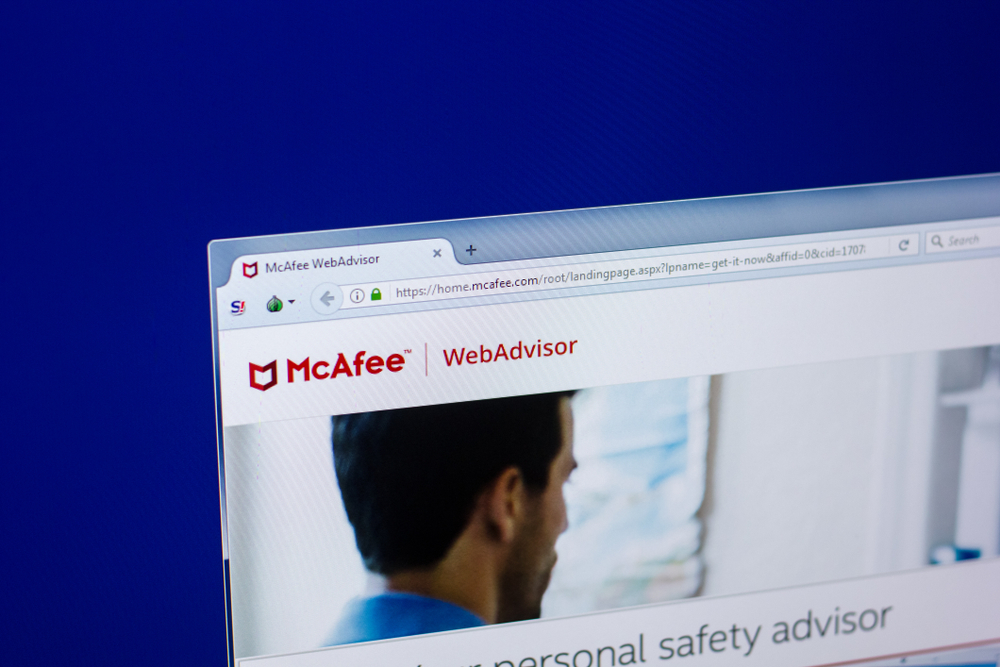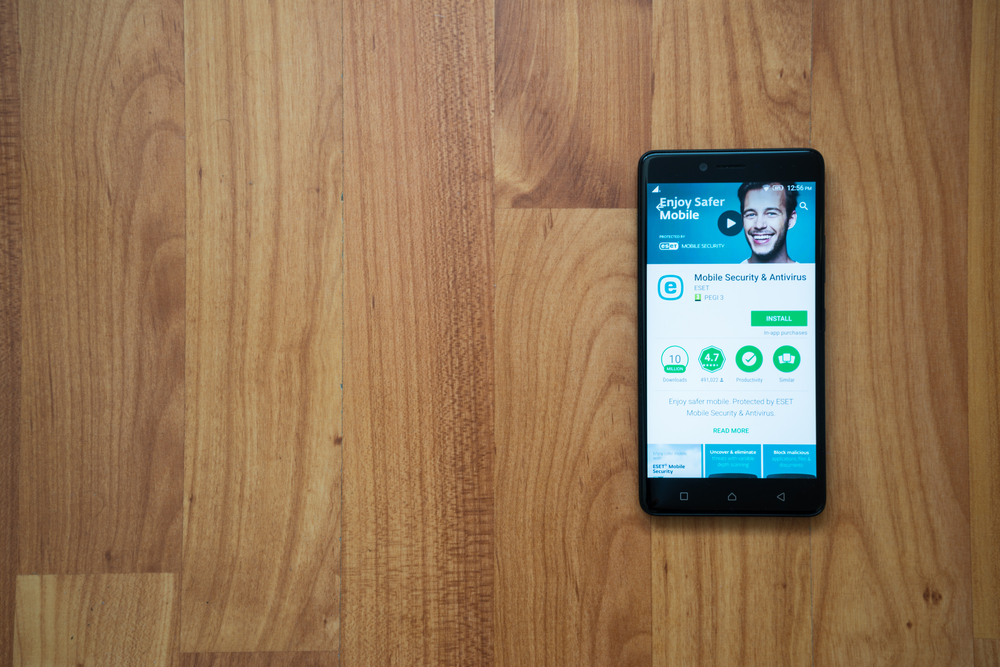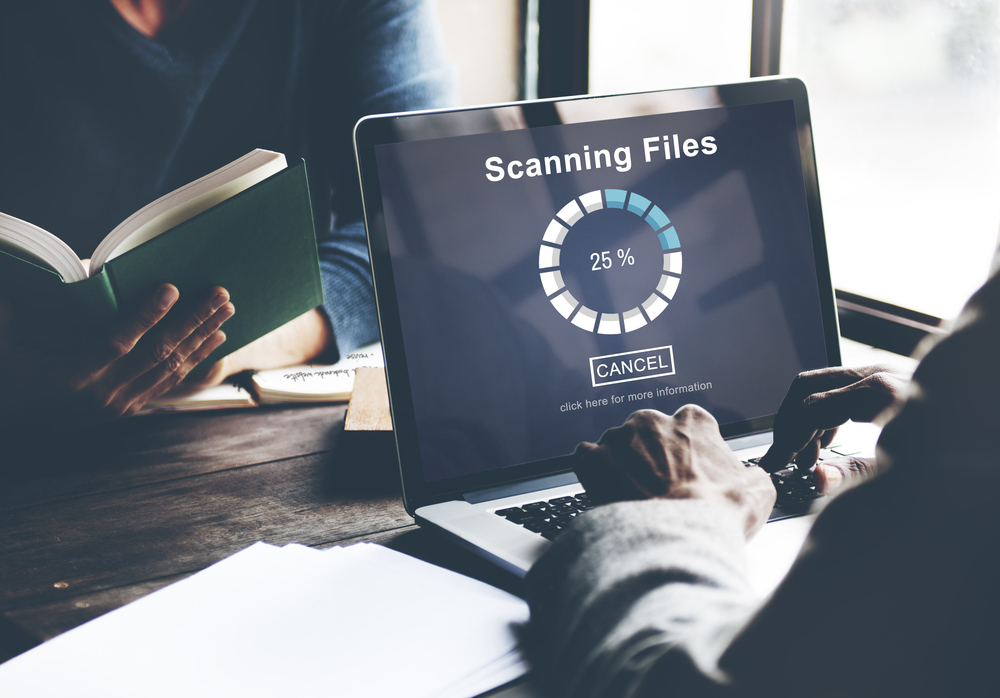Comprehensive Guide to Safeguarding Your PC Against Spyware Threats
Learn comprehensive methods to safeguard your PC against spyware threats. Discover how to recognize spyware symptoms, effective protective strategies, and best practices for maintaining online security. Protect your privacy and prevent malicious software from compromising your system with expert tips and tools.

Comprehensive Guide to Safeguarding Your PC Against Spyware Threats
In today’s digital age, cybersecurity is more crucial than ever, and protecting your personal computer from malicious software is a top priority. Among various cyber threats, spyware poses a significant risk as it secretly infiltrates your system without authorization, potentially compromising your privacy and security. Spyware is designed to monitor your activities, collect sensitive data, and sometimes even control your device remotely. While some spyware is used for benign purposes like parental control or employee monitoring, malicious spyware can lead to severe privacy breaches and security vulnerabilities.
Understanding what spyware is and how it operates is essential for effective protection. Spyware is often concealed within seemingly legitimate software or bundled with freeware downloads. It can remain hidden, making detection challenging for average users. Once installed, spyware can track your keystrokes, capture screenshots, activate cameras and microphones without your knowledge, and transmit this information to cybercriminals. This invasion of privacy highlights the importance of implementing robust protective measures to keep your PC secure.
Key Signs That Indicate Your PC Might Be Infected with Spyware
Significant slowdown in system performance, including longer load times and lagging applications
Unusual increase in network activity without apparent reason
Unexpected pop-ups or new toolbars appearing in your web browsers
Decreased battery life on laptops and portable devices
Unrecognized programs or processes running in Task Manager
Proven Strategies to Protect Your Computer from Spyware
Maintaining a secure and private PC environment requires a combination of good habits and effective tools. Here are some of the most reliable methods to safeguard your device:
Install Reputable Antivirus and Anti-Spyware Software – Use trusted cybersecurity programs that include dedicated anti-spyware features. Popular options like Norton, Bitdefender, Malwarebytes, and Kaspersky provide real-time threat detection, automatic updates, and comprehensive scanning to eliminate spyware threats.
Keep Your Software Up to Date – Regularly update your operating system, browsers, and applications. Software updates often include crucial security patches that fix vulnerabilities exploited by spyware and other malware.
Practice Safe Browsing Habits – Avoid clicking on suspicious links, pop-ups, or downloading files from untrusted sources. Be cautious when opening email attachments or visiting unknown websites. Use browser security settings to block malicious scripts and disable pop-up blockers.
Adjust Browser Security Settings – Enable or tighten privacy and security controls within your web browsers. Disable third-party cookies, block pop-ups, and enable warnings for potentially dangerous websites. Consider using privacy-focused browser extensions that enhance security.
Be Wary During Software Installation – Always choose the custom installation option and carefully review each step. Uncheck any pre-selected options that involve installing additional software or toolbars that could be spyware or ad-supported programs.
Monitor Network Activity and System Behavior – Use network monitoring tools to observe unusual data transmission. Regularly scan your system for hidden processes or unfamiliar files that could indicate spyware activity.
Use a Firewall – Enable your computer’s built-in firewall or install a trusted third-party firewall to monitor and block malicious outgoing connections.
Additional Tips for Maintaining Online Privacy and Security
In addition to technical safeguards, adopting cautious online behavior significantly reduces the risk of spyware infection. Be mindful of the permissions you grant to apps and services, and only download files from legitimate sources. Periodically review your installed programs and remove any that are unnecessary or suspicious. Regularly backing up your data ensures that, in the event of an infection, you can restore your files without significant loss.
The Role of Privacy Regulations and User Awareness
Many data collection practices, such as cookies used by advertisers, are legal when transparent and with user consent. However, intrusive or covert spyware crosses ethical boundaries by accessing microphones, cameras, location data, or personal files without explicit permission. Staying informed about privacy policies and understanding your rights as an internet user helps you make better decisions online. Educate yourself about common signs of spyware and how to respond appropriately to potential threats.
Conclusion: Maintaining a Secure Digital Environment
Protecting your PC from spyware is a continuous process that involves a combination of using the right security tools, practicing safe browsing habits, and staying informed about the latest cybersecurity threats. Regularly updating your security software, being cautious with downloads, and monitoring system behavior all contribute to a safer digital experience. Remember, awareness and proactive behavior are your best defenses against malicious software and privacy invasions. By implementing these best practices, you can safeguard your personal data, enhance your privacy, and enjoy a secure computing environment.





